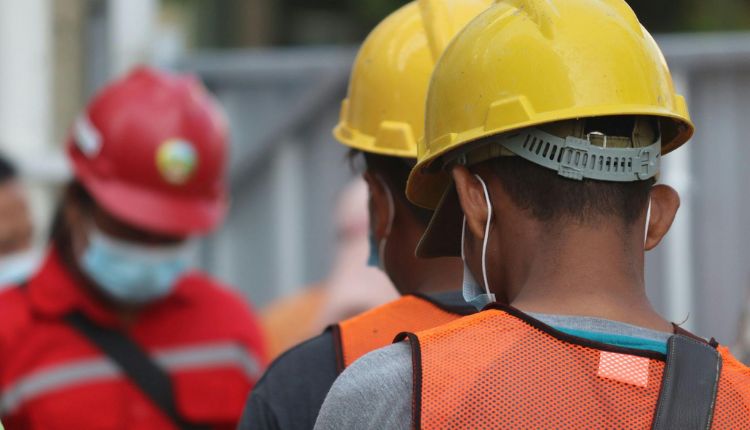How To Improve Safety in an Industrial Setting
Workplaces all around the world have become a lot safer over the decades, with most countries now having strict regulations to ensure employers prioritise safety. While workplace accidents are still a risk, modern safety regulations are helping all different types of industries become safer. Health and safety is an important topic and all employee training should focus on managing and reducing potential risks by following correct procedures.
Whether you’re an employee or an employer, you need to know how to take steps to protect yourself and reduce the risk of accidents. Everyone in the workplace has a responsibility to take care and help prevent injuries. In this article, we’ll show some ways that safety can be improved in an industrial setting, either by using certain processes or by making the most of new technology.
Sensors for Monitoring Safety
A growing number of industrial processes are now completely or partially automated, with high tech equipment and sensors allowing machinery to function within minimal oversight. Having fewer workers helps to reduce the risks they face, and in many cases, using technology provides many potential safety benefits.
Sensors can be used to monitor temperature, decibel volume, pressure and chemical exposure among other things. This way, companies can easily control the level within the expected threshold, creating a safer and more efficient environment. For example, thermal imaging cameras can be used to detect excess heat in an installation and determine the source of the issue.
Elsewhere, a chemical sensor can be used to monitor and detect small levels of toxic gases, altering employees of a potential leak before it develops into a major hazard. Sensors are vital equipment in modern industrial settings, enabling workplaces to be far safer and helping to increase efficiency and automation.
Encouraging a Strong Culture of Safety
While technology can no doubt make our lives easier and help improve safety, human error is still responsible for the majority of risks and hazards developing in the workplace. There’s no way to remove this completely, but measures can be taken to improve the overall awareness of safety and potential risks within a workforce. Employers are taking greater steps to encourage a culture that places safety first.
A safety conscious culture is one that places safety at the forefront for each day. Employees should always be aware of the potential risks in the workplace and should never feel discouraged from reporting potential hazards to their superiors. In addition, management should be comfortable dealing with hazards and passing the information along the chain when necessary.
Too often, workplace accidents happen due to a lack of reporting or because issues aren’t dealt with when they’re first reported. Employees should be able to discuss safety concerns without any negative consequences and all staff should be able to collaborate on ways to make their workplace safer. Ultimately, a culture of safety means that workers look out for each other and create a safer working environment.
Making Use of Robotics
Fully automated factories are likely the future, paving the way for a second industrial revolution. Already, highly advanced robotics are being used in many factories around the world, particularly in the automotive industry. While the technology is still some way off from completely removing the need for human workers, it has helped to increase safety standards.
Robots are able to complete tasks that might be dangerous for humans. They can carry and manipulate larger loads, work in unsafe conditions and complete projects with minimal oversight. As AI helps to advance what robotics are capable of, we may see this technology rolled out in all kinds of different industries.



